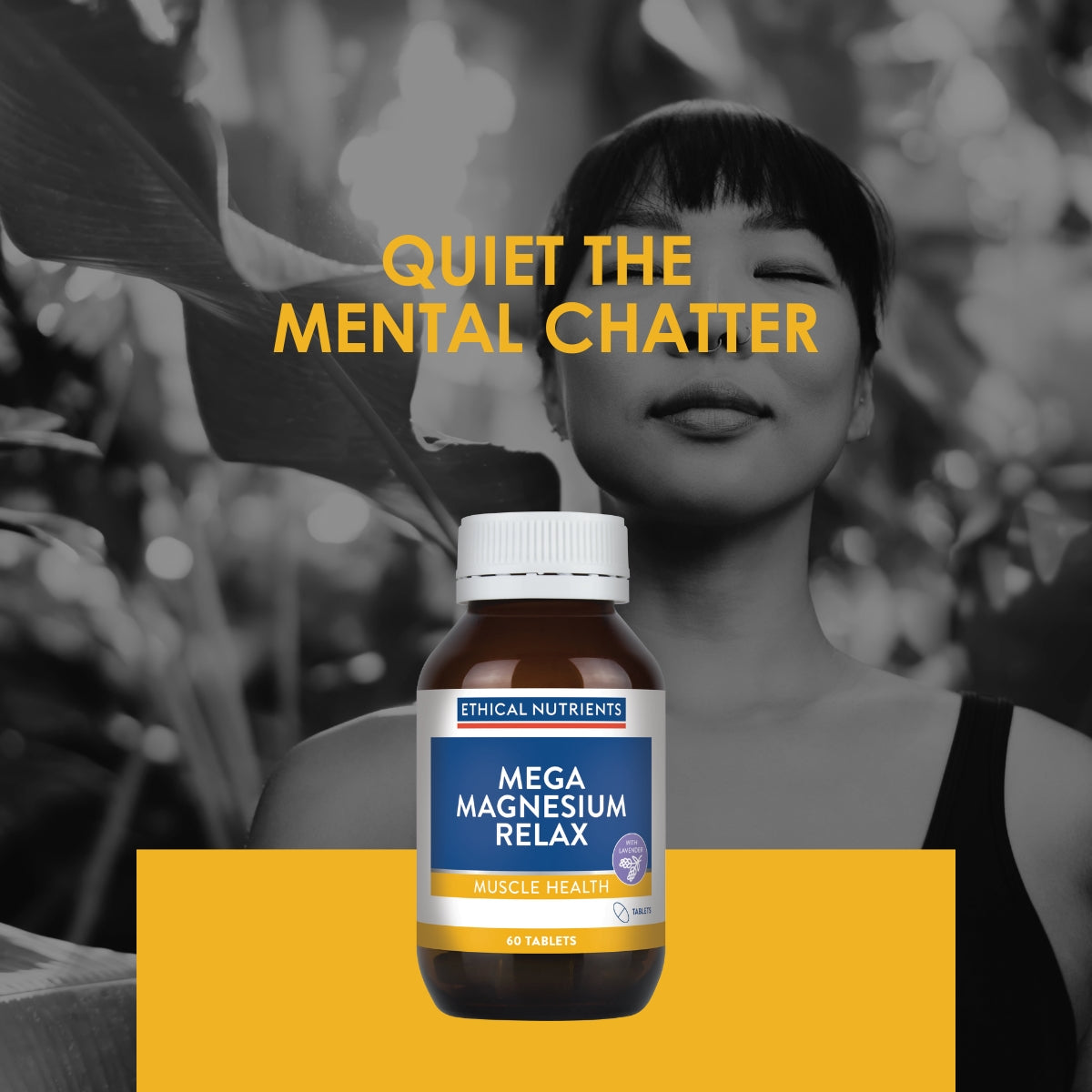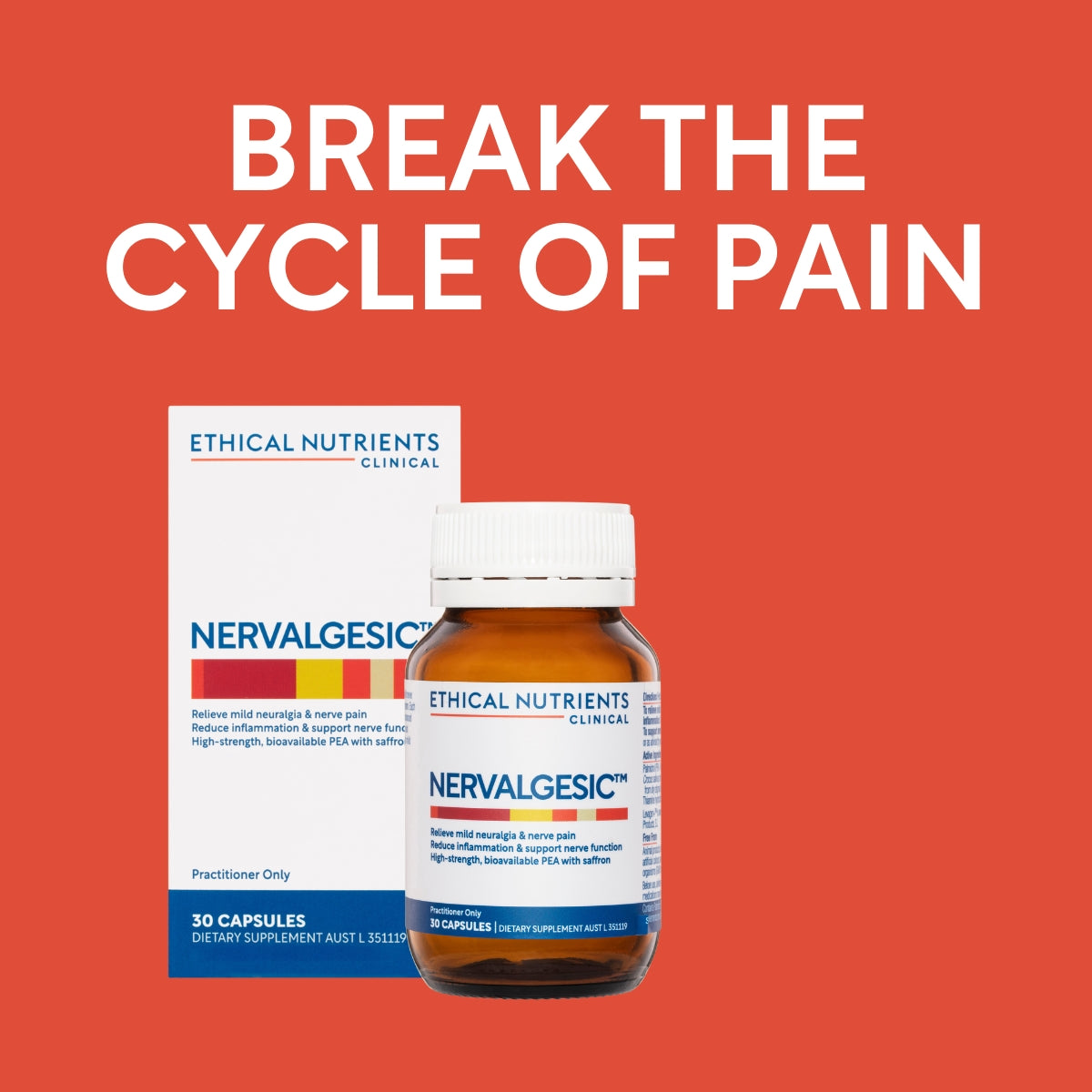So how can you look after your liver so it can look after you?
A well-balanced diet is essential for liver health. Getting regular exercise, staying smoke-free, keeping alcohol to a minimum, maintaining good sleep habits, and drinking plenty of water will help to keep your liver performing its best. But there are also key nutrients and herbs that could give your liver the boost it needs.
How the Liver Works
Think of the liver as the body’s filtration system. It filters the blood and gets rid of impurities before the blood is pumped back into circulation.
The liver is also important for:
- Producing bile, which allows us to digest and absorb fats and fat-soluble nutrients.
- Metabolising and storing macronutrients like carbohydrates, fats, and proteins.
- Creating antioxidants like glutathione to protect the body from toxins.
- Activating and deactivating medications, hormones, and toxins.
One of the liver’s primary functions is detoxification. It takes harmful substances out of the blood, and either neutralises or excretes them out of the body through two pathways known as Phase I and Phase II.
Phase I uses a group of enzymes known as the cytochrome P450 family, which protect cells from damage by converting toxins into smaller substances. The toxins can then be pushed out of the body, or made ready for further detox in Phase II.
Phase II is all about a process called “conjugation”. This utilises six different enzyme pathways to transform the toxins from Phase I into substances that can be excreted out of the body via the bile and digestive pathways, and urine. [2]
Phase II is where things usually go wrong. This pathway can become sluggish, leading to back up of toxins from Phase I, inflammation, cell damage. Any type of inflammation and oxidative stress in the liver can also slow down its functions, and lead to symptons like brain fog, fatigue, insomnia, headaches and mood swings.
As well as adopting a healthy diet and lifestyle, there are a number of scientifically researched nutrients and herbs that have been shown to support liver function and optimise Phase II detoxification:
Liver Loving Herbs
Silybum marianum (Milk thistle)
Milk thistle has a 2,000-year history of use for healthy liver function.[3]
The active constituents of milk thistle, collectively known as silymarin, are responsible for its anti-inflammatory, antioxidant, and liver-regenerating properties.[3] In the last ten years alone, over 12,000 scientific research papers have been published on these substances and how they can support liver function! [4]
Curcuma longa (Turmeric)
Curcumin, the main active constituent in turmeric, has powerful antioxidant and anti-inflammatory properties that work directly on the liver to support Phase I and Phase II pathways[5] . By reducing inflammation and protecting cells from damage, curcumin has been shown to improve liver function.
Schisandra Chinensis (Schizandra)
Schisandra has potent protective effects on the liver. Schisandra increases Phase I detoxification, and has been shown to improve liver repair and regeneration. Studies have shown that it may help to protect the liver from toxic damage, improve its overall function, and stimulate tissue regeneration. [6]
Rosmarinus officinalis (Rosemary)
Rosemary isn't just a tasty herb–it's also a powerful anti-inflammatory and antioxidant liver protector. It boosts the phase II detoxification pathway and protects the liver against damage from inflammation. [7]
Nutrients for Liver Health
Phase II of liver detoxification depends on nutrients. To release toxins from the body, the liver requiring specific amino acids, vitamins and minerals.
Here are the top performers in liver detox:
B Vitamins
B vitamins are essential to the proper functioning of liver detoxification pathways. Cobalamin (B12), pyridoxine (B6) and folate (B9) are required as cofactors for phase II liver enzymes–without them available, the pathway won't work. A 2018 study showed that people with impaired liver function often had low levels of folate and vitamin B12. [8]
Taurine
Taurine is an essential amino acid that can protect liver cells from free radical and toxic damage. Studies show that taurine can be a safe and useful for preserving liver function. [9] In a 2008 study, people who took taurine supplements every day had lower markers of liver damage, inflammation, and oxidative stress. [10]
Selenium
Selenium is an essential trace element that the liver uses for detoxification pathways, and to reduce inflammation and oxidative stress. Researchers have found that selenium can protect liver cells from damage and reduce inflammation. [11]
Quick Tips – 5 Ways to Love Your Liver
-
Eat Whole Foods - Go for vegetables, fruit and whole grains instead of processed foods. A 2015 study showed that key plant foods may be helpful for the liver, including: avocado, banana, barley, beets, broccoli, brown rice, carrots, figs, leafy greens, lemon, papaya & watermelon. [12]
-
Regular Exercise - Exercise helps to burn carbohydrates, fats and proteins which helps the liver to process them more efficiently.
-
Stay Hydrated – Water keeps those toxins moving! Drink eight to 10 glasses of water a day to support detox processes.
-
Responsible Alcohol Intake - Give alcohol a miss or keep it to a minimum. Heavy drinkers face a higher risk of developing a range of liver diseases compared to moderate drinkers.
- Get More Sleep – The liver does most of its work while you're snoozing. Aim for the ideal eight hours of sleep per night–and check out our top tips for better quality sleep.
References
[1] Schwalfenberg, G., & Genuis, S. J. (2017). The Importance of Magnesium in Clinical Healthcare. Scientifica, 2017, 1-14. Retrieved from: https://www.ncbi.nlm.nih.gov/pmc/articles/PMC5637834/
[2] Hodges, R. E., & Minich, D. M. (2015). Modulation of Metabolic Detoxification Pathways Using Foods and Food-Derived Components: A Scientific Review with Clinical Application. Journal of nutrition and metabolism, 2015, 760689. Retrieved from: https://www.ncbi.nlm.nih.gov/pmc/articles/PMC4488002/
[3] Abenavoli, L., Izzo, A. A., Milić, N., Cicala, C., Santini, A. & Capasso, R. (2018). Milk thistle (Silybum marianum): A concise overview on its chemistry, pharmacological, and nutraceutical uses in liver diseases. Phytotherapy Research. 2018;32(11):2202–2213. Retrieved from: https://www.ncbi.nlm.nih.gov/pubmed/30080294
[4] Loguercio, C. & Festi, D. (2011). Silybin and the liver: From basic research to clinical practice. World Journal of Gastroenterology, 17(18), 2288– 2301. Retrieved from: https://www.ncbi.nlm.nih.gov/pmc/articles/PMC3098397/
[5] Farzaei, M. H., Zobeiri, M., Parvizi, F., El-Senduny, F. F., Marmouzi, I., Coy-Barrera, E., … Abdollahi, M. (2018). Curcumin in Liver Diseases: A Systematic Review of the Cellular Mechanisms of Oxidative Stress and Clinical Perspective. Nutrients, 10(7), 855. Retrieved from: https://www.ncbi.nlm.nih.gov/pmc/articles/PMC6073929/#__ffn_sectitle
[6] Szopa, A., Ekiert, R., & Ekiert, H. (2017). Current knowledge of Schisandra chinensis (Turcz.) Baill. (Chinese magnolia vine) as a medicinal plant species: a review on the bioactive components, pharmacological properties, analytical and biotechnological studies. Phytochemistry reviews : proceedings of the Phytochemical Society of Europe, 16(2), 195–218. Retrieved from: https://www.ncbi.nlm.nih.gov/pmc/articles/PMC5378736/#Sec9title
[7] Sotelo-Félix, J., Martinez-Fong, D., Murie,l P., Santillán, R. L., Castillo, D. & Yahuaca, P. (2002). Evaluation of the effectiveness of Rosmarinus officinalis (Lamiaceae) in the alleviation of carbon tetrachloride-induced acute hepatotoxicity in the rat. Journal of Ethnopharmacology, 81(2), Pages 145-154. Retrieved from: https://www.ncbi.nlm.nih.gov/pubmed/12065145
[8] Mahamid, M., Mahroum, N., Bragazzi, N. L., Shalaata, K., Yavne, Y., Adawi, M., et al. (2018). Folate and B12 Levels Correlate with Histological Severity in NASH Patients. Nutrients, 10(4), Retireved from:
[9] Heidari, R., Jamshidzadeh, A., Niknahad, H., Mardani, E., Ommati, M. M., Azarpira, N., Najibi, A. (2016). Effect of taurine on chronic and acute liver injury: Focus on blood and brain ammonia. Toxicology Reports, 3, 870–879. Retrieved from: https://www.ncbi.nlm.nih.gov/pmc/articles/PMC5615919/
[10] Hu, Y.H.,1 Lin, C.L,, Huang, Y. W., Liu, P. E. & Hwang, D. F. (2008). Dietary amino acid taurine ameliorates liver injury in chronic hepatitis patients. Amino Acids, 35(2):469-73. Retrieved from: https://www.ncbi.nlm.nih.gov/pubmed/17690950
[11] Cheng, C-H., Wang, N. & Feng, Y. (2019). Selenium in the Prevention and Treatment of Hepatocellular Carcinoma: From Biomedical Investigation to Clinical Application [Online First], IntechOpen. Retrieved from: https://www.intechopen.com/online-first/selenium-in-the-prevention-and-treatment-of-hepatocellular-carcinoma-from-biomedical-investigation-t
[12] Guan, Y.-S., & He, Q. (2015). Plants consumption and liver health. Evidence-based Complementary and Alternative Medicine, 2015. Retrieved from: https://www.ncbi.nlm.nih.gov/pmc/articles/PMC4499388/






